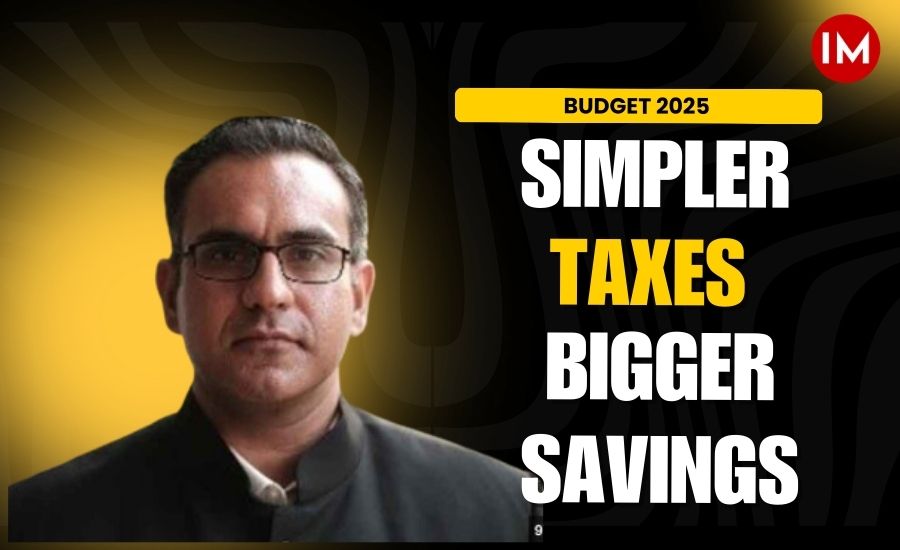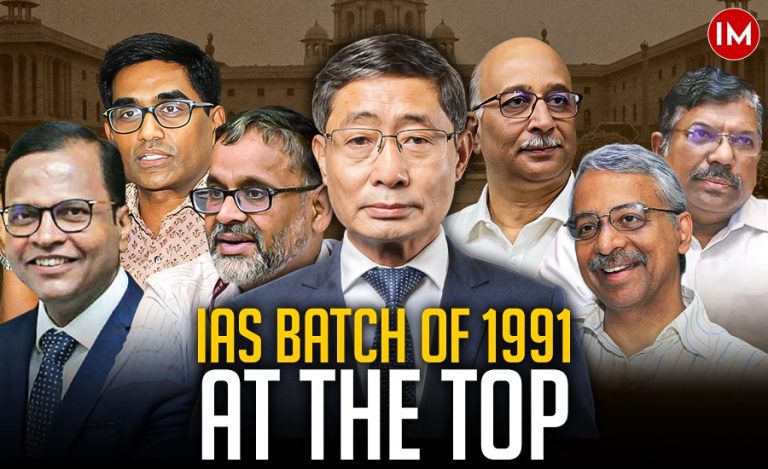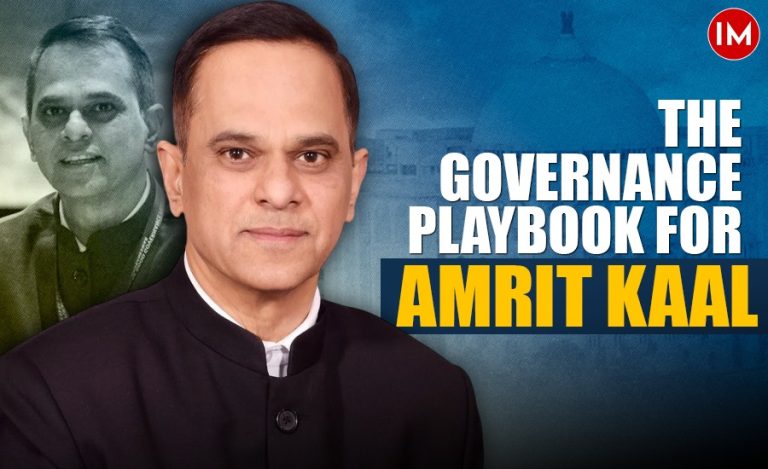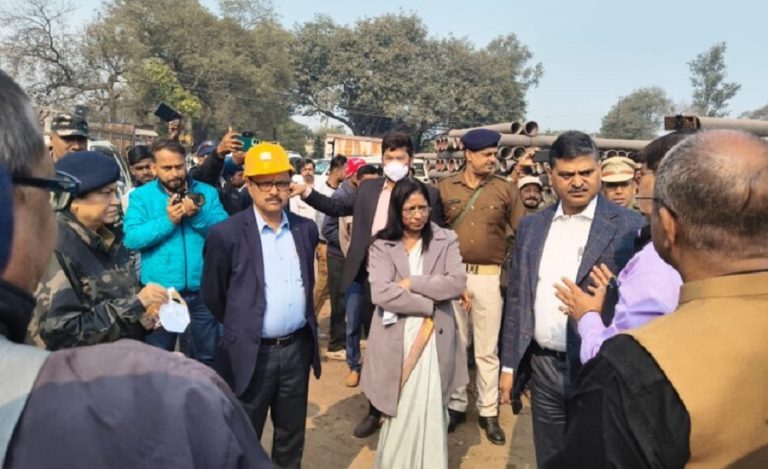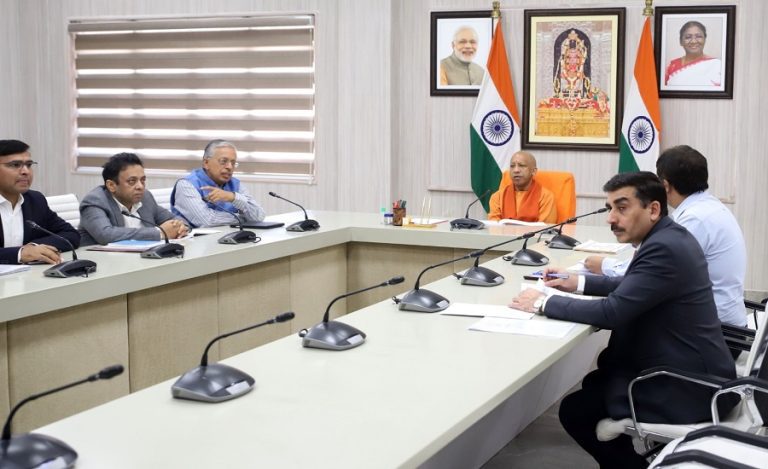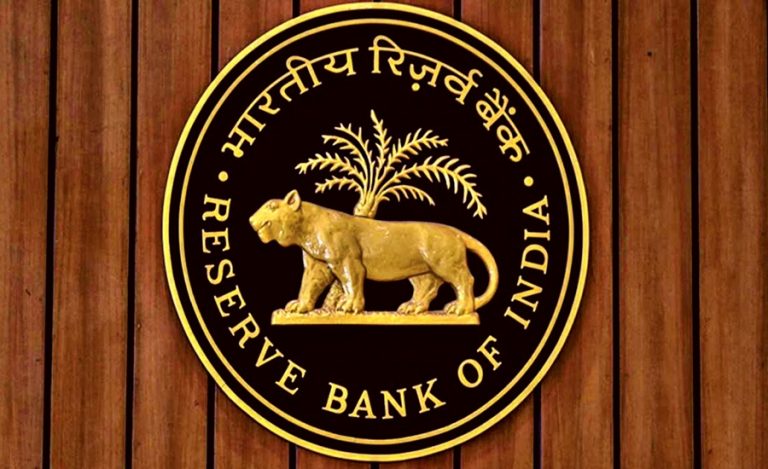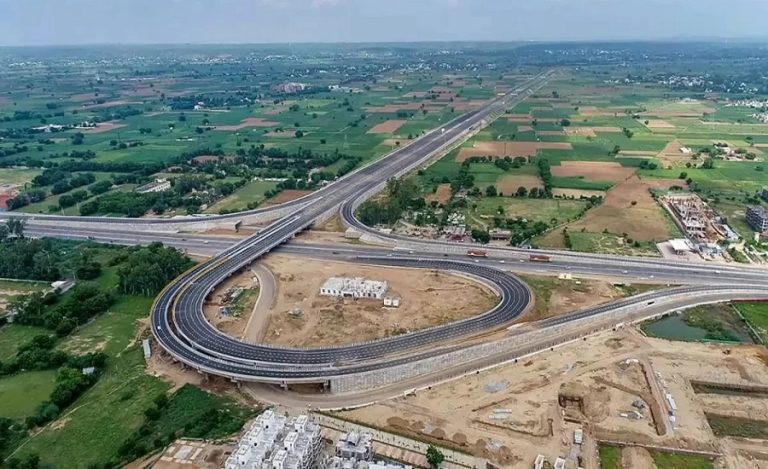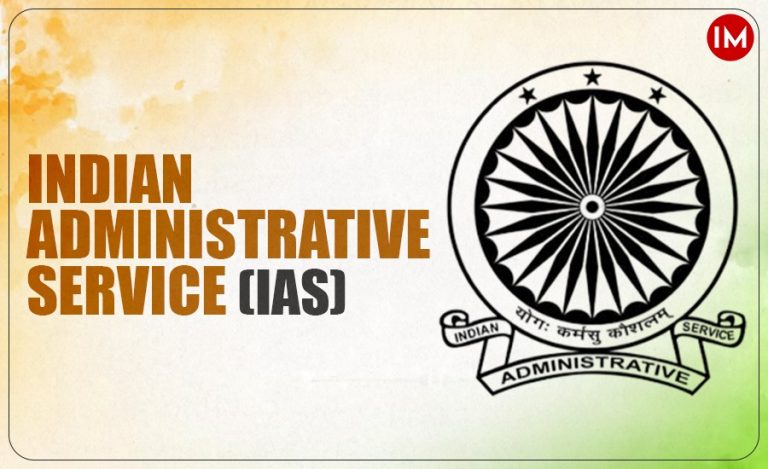BUDGET 2025 & BIG MOVES
The new budget is a big talk of the town. It promises tax cuts and reforms that many believe will help revive our slowing economy. With post-pandemic demand fading and high inflation making everyday life harder, these changes could not come at a better time. The focus is on boosting domestic spending and giving a much-needed break to the middle class. This budget shows a shift in thinking and policy, aiming to make life a bit easier for ordinary people while working to set our economy on a better path. But it will not be without its challenges.
Why the Radical Shift and Reasons for the Budget Announcements
The government has taken a bold step with this budget. Here are some economic reasons behind this radical shift:
- Fading Post-Pandemic Demand:
The pent-up demand after COVID-19 is slowly disappearing. This means fewer people are spending as they used to. - High Inflation:
Prices have been rising for a long time. High inflation makes everyday items more expensive and squeezes household budgets. - Economic Recovery:
With global uncertainties and a weaker domestic market, the government needs new ideas to kick-start growth. - Multiplier Effect of Public Spending:
The traditional boost from public capital expenditure seems to be losing its strength. The budget aims to replace that with direct relief measures.
These reasons show that the government is trying to respond to real challenges with a fresh approach.
Middle Class and the New Income Tax Bill
A key part of the budget focuses on the middle class. The new income tax changes are designed to ease financial pressures for millions. Here’s what is being planned:
- Tax-Free Income for Many:
No income tax would be payable for annual incomes of up to ₹12 lakh, up from the present limit of ₹7 lakh. - Savings for Higher Earners:
Those earning ₹25 lakh or more are set to save around ₹1.1 lakh in taxes. - New Income Tax Bill:
A new bill is expected soon. It follows a “trust first, scrutinize later” approach. - Simplified Process:
The aim is to make filing taxes easier by cutting down on red tape and complicated procedures.
These measures are meant to give middle-class families more money to spend, which can help boost the economy.
A Promising Shift, But Challenges Remain
The new budget marks a significant turning point for our country’s economic policies. In many ways, it is designed to give a much-needed lift to the middle class and stimulate domestic spending. With a focus on tax cuts and simplification of procedures, the government is signalling its intent to listen to the everyday concerns of its citizens.
Yet, while these changes sound promising, challenges remain. The effects of high inflation are still felt across the country. Rising prices can quickly offset the benefits of tax cuts if not managed properly. Moreover, there is always a risk that a simpler tax system might create loopholes or reduce revenue collection. The government will need to carefully monitor these reforms to ensure they achieve their goals without unintended side effects.
In the end, the new budget is a step in the right direction, but it is not a cure-all. It represents a shift in priorities that puts the middle class at the centre of economic policy. This approach can foster renewed consumer spending and help our economy pick up speed. However, achieving long-term success will require continued attention to rising inflation, robust public spending, and a tax system that remains both simple and secure.
Only time will tell if these measures set our economy back on the fast lane, but for now, there is cautious optimism among those who hope for a brighter financial future.

